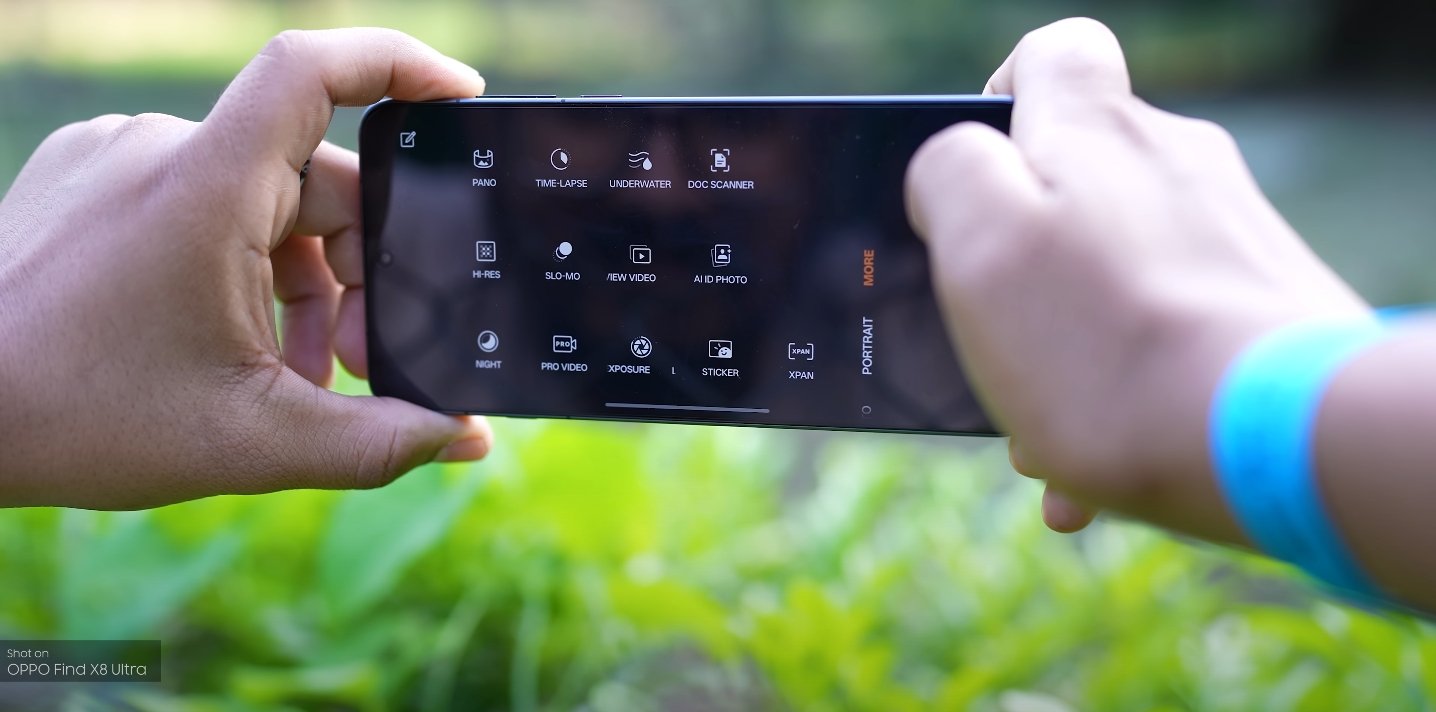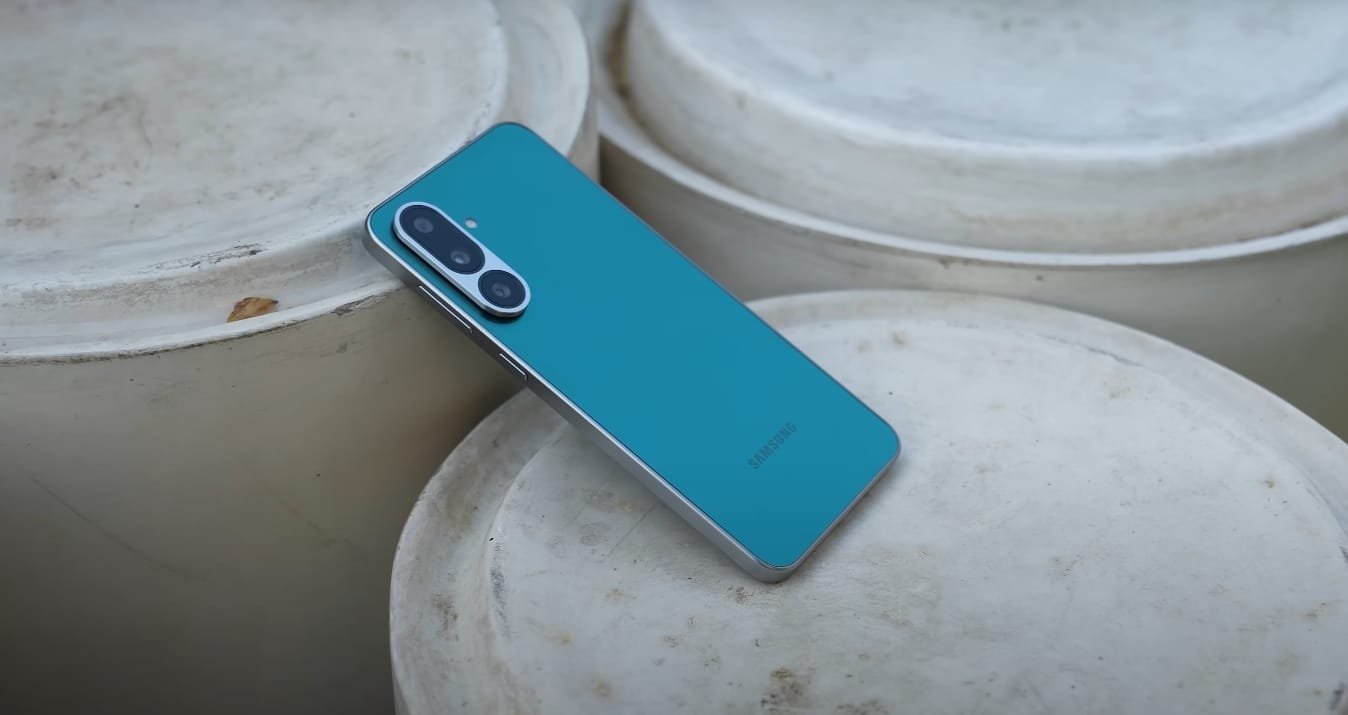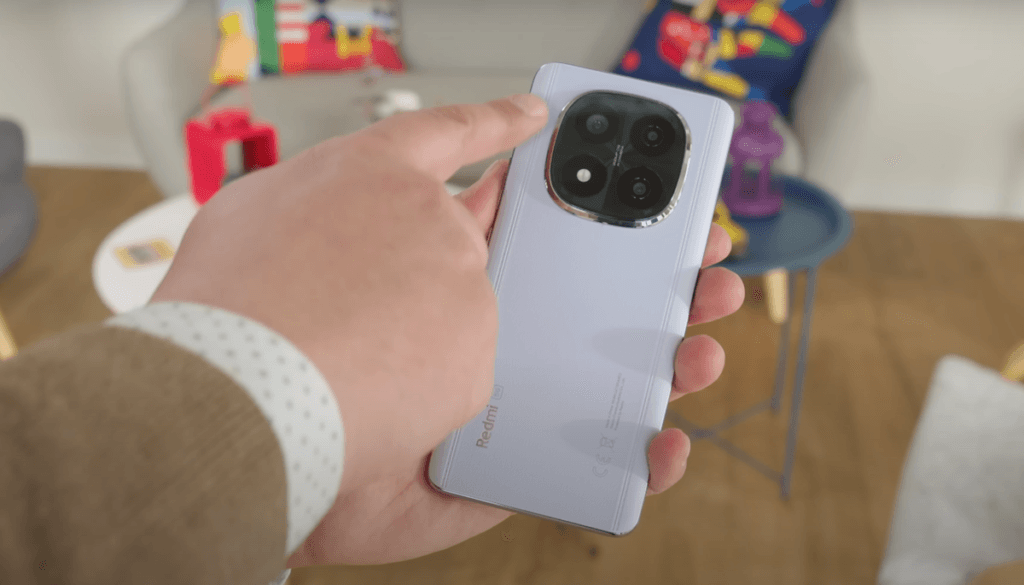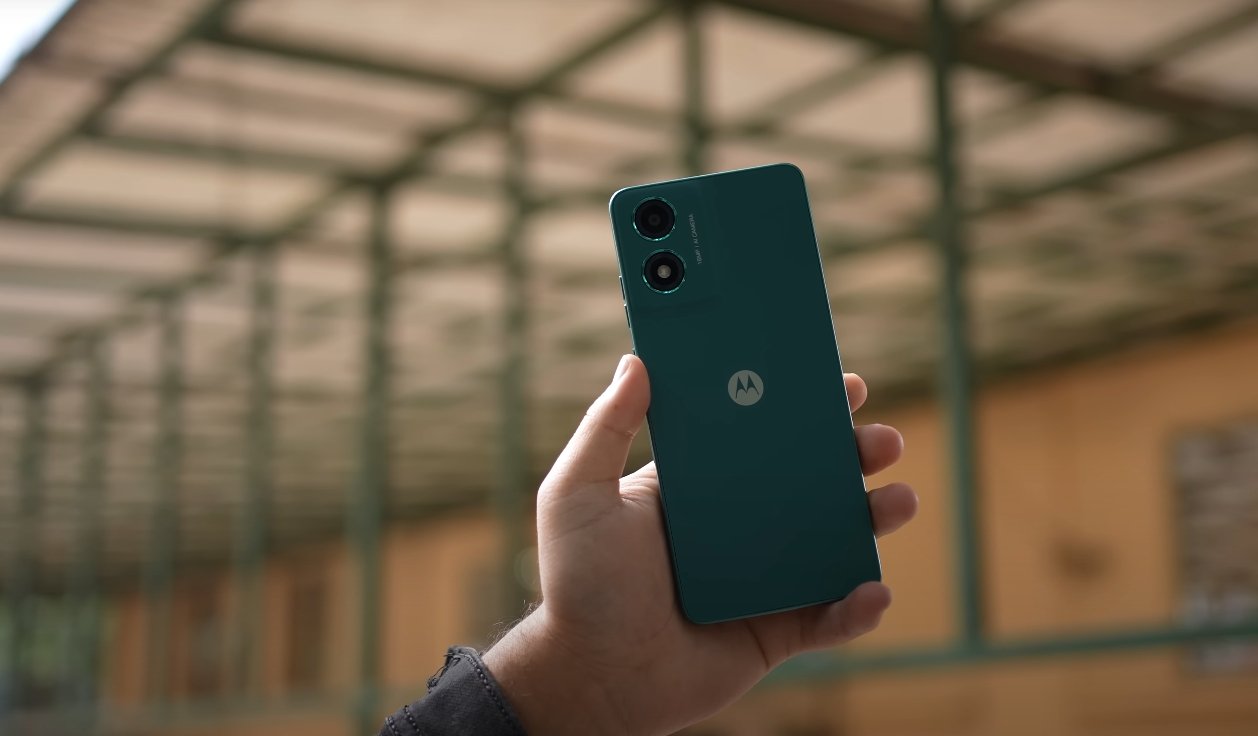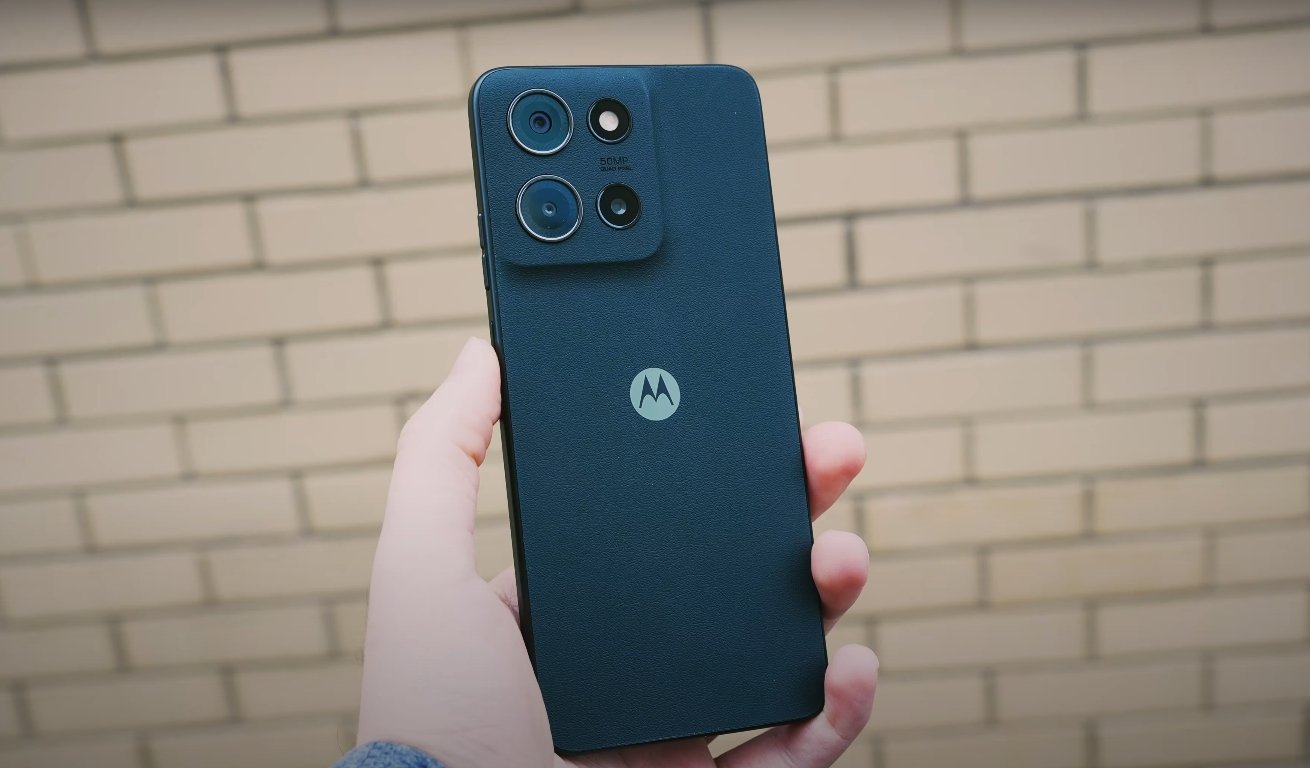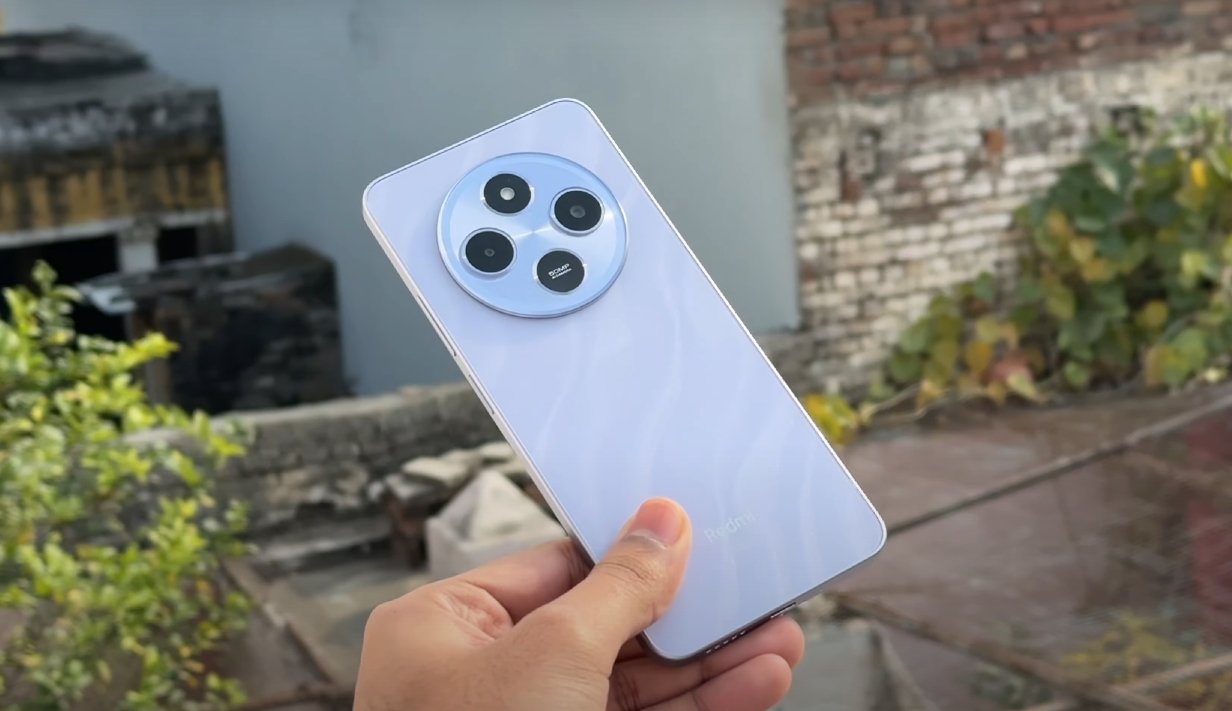Real-world speed, gaming, and thermal test comparison
The performance battle between the Oppo Find X8 Ultra and the iQOO 13 Pro is one of the most interesting rivalries in the 2025 flagship lineup. Both smartphones promise extreme power, fast response times, and smooth multitasking. However, when put through real-world usage, their strengths and weaknesses become more distinct, especially in gaming, thermals, and sustained performance.
The Oppo Find X8 Ultra is powered by the Snapdragon 8 Elite chipset based on a 3nm architecture. This chip is currently the most advanced Qualcomm processor, designed for maximum efficiency and performance. It is paired with up to 16GB of LPDDR5X RAM and UFS 4.1 storage, ensuring rapid data handling and minimal loading times. The iQOO 13 Pro, on the other hand, runs on the Snapdragon 8 Gen 3 platform, which is still an excellent performer but slightly behind in power efficiency. It also includes 16GB RAM and the same storage technology, making it equally capable on paper.
In benchmark simulations, both phones deliver flagship-level scores, but Oppo’s 3nm processor and refined tuning give it a small advantage. During prolonged CPU and GPU stress tests, the Find X8 Ultra maintains higher consistency, sustaining over 90% of its peak power for extended periods. The iQOO 13 Pro performs equally strong at the start but gradually drops performance after about 15–20 minutes of continuous load due to higher thermal buildup. This makes Oppo’s flagship better for long gaming or rendering sessions, where sustained power is crucial.

Real-world gaming is where the difference becomes more noticeable. On titles like Genshin Impact, Call of Duty Mobile, and PUBG New State, both devices deliver smooth gameplay at the highest settings. However, after 25–30 minutes of continuous play, the Oppo Find X8 Ultra stays cooler and maintains consistent frame rates, thanks to its advanced vapor cooling chamber and better thermal efficiency. The iQOO 13 Pro initially runs extremely fast but starts showing minor frame dips as internal temperatures rise. The difference is not huge, but Oppo’s temperature management clearly gives it the endurance edge in gaming-heavy use.
Thermal performance also impacts battery drain. The Find X8 Ultra comes equipped with a massive 6100mAh battery, which not only provides longer uptime but also allows the chipset to sustain higher power output without overheating. The iQOO 13 Pro’s smaller battery discharges faster under high performance, and during continuous gaming or camera use, it tends to get slightly warmer near the frame edges. Oppo’s larger body and better heat dissipation system keep things under control even during demanding use like 4K video recording or multitasking across several heavy apps.
Multitasking and everyday responsiveness are equally impressive on both phones. App launching, scrolling, and switching between camera, browser, and messaging apps feel fluid. The Find X8 Ultra’s system optimization allows it to hold more apps in the background without reloads, which is helpful for power users who switch between tasks frequently. The iQOO 13 Pro is also fast, especially with its 144Hz refresh rate, giving the UI an extra layer of fluidity. However, at this higher refresh rate, the battery drains faster and sometimes triggers mild warmth during extended use. Oppo’s adaptive refresh rate system, which scales between 1Hz and 120Hz, balances smoothness and efficiency more effectively.
In productivity and creative workloads, Oppo again has the upper hand. Video editing, file transfers, and on-device rendering tasks complete faster and with less heat buildup. The iQOO 13 Pro, while still efficient, prioritizes peak speed over sustained stability, meaning it performs brilliantly in short bursts but throttles slightly during prolonged workloads. Users who often edit large media files, record 4K videos, or play graphics-intensive games for long sessions will notice the difference in Oppo’s favor.
Another performance factor is AI-assisted optimization. Oppo’s latest ColorOS integration intelligently adjusts CPU and GPU distribution depending on app behavior, keeping operations smooth even during background data usage. The iQOO 13 Pro’s Funtouch OS is responsive and feature-rich but less fine-tuned in automatic thermal and power adjustments. This difference, though small, contributes to Oppo’s consistent speed in long-term use.
In conclusion, both the Oppo Find X8 Ultra and iQOO 13 Pro are incredibly powerful smartphones capable of handling anything modern users demand. The iQOO 13 Pro shines in short bursts, gaming fluidity, and high refresh rate responsiveness, making it an excellent option for gamers and speed enthusiasts. However, the Oppo Find X8 Ultra delivers more balanced and sustained performance, superior thermal control, and longer endurance under continuous workloads. For users who value reliability, efficiency, and consistent high-speed performance throughout the day, the Oppo Find X8 Ultra stands out as the better overall performer between the two.
Also Read: Nothing Phone 3A Lite expected launch date in USA market
